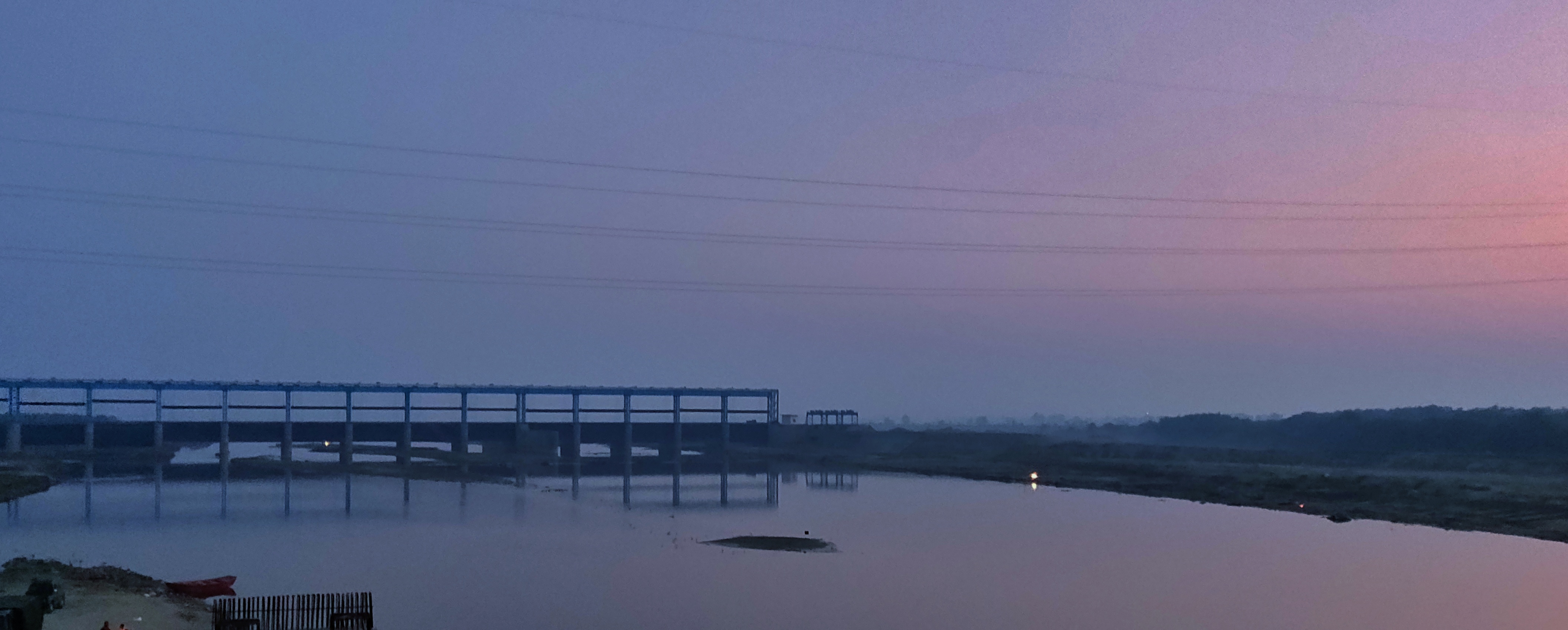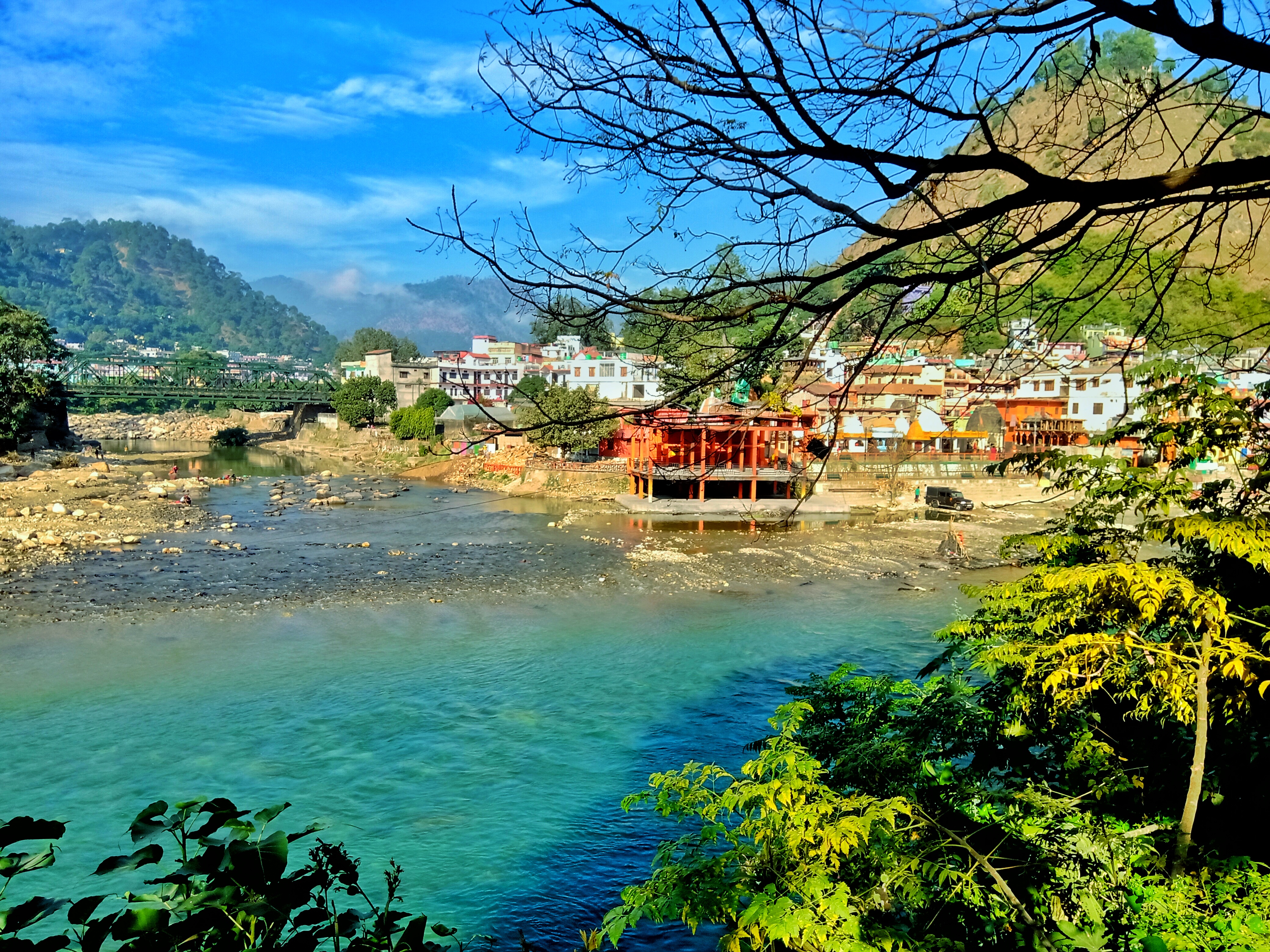|
Mankot
Mankot is a Village situated in Bageshwar district in the State of Uttarakhand, India. It is located at a distance of from Bageshwar on the National Highway 309A. Mankot is a medium-sized village with total 118 families residing. History Mankot was the seat of Mankoti kings who ruled the area around 13th century. The kingdom extended between the rivers Saryuganga and Ramganga; and was called Gangavali; which got corrupted to Gangoli over the course of time. The kingdom of Gangoli was invaded by the Chand king, Balo Kalyan Chand, in the 16th century. Following its defeat, Mankot was merged into the Kumaon Kingdom. In Janhavi naula at Gangolihat belonging to 1264 A.D. there is a piece of stone with the names of the Gangoli kings and also records an inscription about a possible invasion of Mankot by the Delhi Sultan Nasiruddin Mahmud Shah. On the piece of stone of 1352, found in the temple of Baijnath, is written that the kings of Gangoli (Hamirdeo, Lingarajdeo, Dharaldeo) bu ... [...More Info...] [...Related Items...] OR: [Wikipedia] [Google] [Baidu] |
Bageshwar District
Bageshwar is a district of Uttarakhand state in northern India. The town of Bageshwar is the district headquarters. Prior to its establishment as a district in 1997 it was part of Almora district. Bageshwar district is in Kumaon, and is bounded on the west and northwest by Chamoli District, on the northeast and east by Pithoragarh District, and on the south by Almora District. As of 2011 it is the third least populous district of Uttarakhand (out of 13), after Rudraprayag and Champawat. History The area, that now forms Bageshwar district, was historically known as Danpur, and was ruled by Katyuris during the 7th century AD. After the disintegration of the Katyuri kingdom in the 13th century, the area remained under the rule of Baijnath Katyurs, direct descendants of Katyuri kings. In 1565, king Balo Kalyan Chand annexed Danpur along with Pali, Barahmandal and Mankot to Kumaun. In 1791, Almora, the seat of the Kumaon, was invaded and annexed by the Gorkhas of Nepal. The Go ... [...More Info...] [...Related Items...] OR: [Wikipedia] [Google] [Baidu] |
WikiProject Indian Cities
A WikiProject, or Wikiproject, is a Wikimedia movement affinity group for contributors with shared goals. WikiProjects are prevalent within the largest wiki, Wikipedia, and exist to varying degrees within sister projects such as Wiktionary, Wikiquote, Wikidata, and Wikisource. They also exist in different languages, and translation of articles is a form of their collaboration. During the COVID-19 pandemic, CBS News noted the role of Wikipedia's WikiProject Medicine in maintaining the accuracy of articles related to the disease. Another WikiProject that has drawn attention is WikiProject Women Scientists, which was profiled by '' Smithsonian'' for its efforts to improve coverage of women scientists which the profile noted had "helped increase the number of female scientists on Wikipedia from around 1,600 to over 5,000". On Wikipedia Some Wikipedia WikiProjects are substantial enough to engage in cooperative activities with outside organizations relevant to the field at issue. For ... [...More Info...] [...Related Items...] OR: [Wikipedia] [Google] [Baidu] |
National Highway 309A (India)
National Highway 309A, commonly referred to as NH 309A, is a single lane highway connecting the city of Rameshwar to Almora in the Indian State of Uttarakhand. Before the creation of Uttarakhand state in 2000, the Almora-Bageshwar stretch of this Highway was a part of the State Highway 37 of Uttar Pradesh, which ran from Bageshwar to Bareilly. History The Almora-Bageshwar stretch of this Highway was a part of the provincial 'Almora-Joshimath cart road' during the nineteenth century. The road had a steep descent on the way to Thakla (now Takula), and was surrounded by dense forests of Oak and Rhododendrons. However, the hills were covered by very fine Cheer forests between Thakla and Bageshwar. Later in 1909; several sections of the highway were recorded in the Almora Gazetter as "III class local roads", including the 24 mile 'Gangolihat to Dharamghar road' and the 22 mile 'Bageshwar to Berinag road'. Route It starts at Rameshwar and ends at Almora. The NH309A lies entirely in ... [...More Info...] [...Related Items...] OR: [Wikipedia] [Google] [Baidu] |
Baijnath, Uttarakhand
Baijnath is a small town on the banks of the Gomati river in the Bageshwar district in Kumaon division of Uttarakhand, India. The place is most noted for its ancient temples, which have been recognized as Monuments of National Importance by the Archaeological Survey of India in Uttarakhand. Baijnath has been selected as one of the four places to be connected by the 'Shiva Heritage Circuit' in Kumaon, under the Swadesh Darshan Scheme of the Government of India. Baijnath, then known as ''Kartikeyapura'', was the seat of the Katyuri kings who ruled over an area consisting of combined parts of Garhwal and Kumaun in modern-day state of Uttarakhand, India and Doti in Modern day Nepal. History The first permanent settlement of the area was a town named ''Karvirpur'' or ''Karbirpur''. The ruins of this town were used by Katyuri King Narsingh Deo to establish his capital in the area. Baijnath remained the capital of Katyuri Dynasty, who ruled the area from 7th-13th centu ... [...More Info...] [...Related Items...] OR: [Wikipedia] [Google] [Baidu] |
Nasiruddin Mahmud Shah, Sultan Of Delhi
Nasir ud din Mahmud Shah (1229/1230 – 19 November 1266, reigned: 1246–1265) was the eighth sultan of the Mamluk Sultanate (Slave dynasty). The Tabaqat-i Nasiri, written by the court historian Minhaj-i-Siraj, is dedicated to him. His father-in-law Ghiyas ud din Balban handled the state affairs during his reign. Early life '' Tabaqat-i Nasiri'', written by the Sultan's court historian Minhaj-i-Siraj, calls him a son (''ibn'') of Iltutmish. According to Minhaj's account, Nasiruddin was born in the year of 626 Hijri (1229-1230 CE), in Delhi's Kasr-Bagh (the Garden Castle). His mother was a concubine ( who later, during his son's reign, was given the title of Malikah-i-Jahan). He was born sometime after the untimely death of Iltutmish's eldest son and heir apparent Nasir-ud-din Mahmud Shah. Iltutmish named the child after the deceased prince, and sent him and his mother to live in a palace in the Loni (or Luni) village. Isami and Firishta describe the Sultan as a grandson ... [...More Info...] [...Related Items...] OR: [Wikipedia] [Google] [Baidu] |
Delhi Sultanate
The Delhi Sultanate was an Islamic empire based in Delhi that stretched over large parts of the Indian subcontinent for 320 years (1206–1526).Delhi Sultanate Encyclopædia Britannica Following the invasion of by the Ghurid dynasty, five dynasties ruled over the Delhi Sultanate sequentially: the Mamluk dynasty (1206–1290), the Khalji dynasty (1290–1320), the [...More Info...] [...Related Items...] OR: [Wikipedia] [Google] [Baidu] |
Gangolihat
Gangolihat is a Himalayan hill station in the Pithoragarh district of Uttarakhand, India. It is said that here Adi Shankaracharya did penance to please Adi Shakti. Gangolihat is known for its Shakti Peeth of Haat Kalika Temple - Adi Shakti and Destroyer of Demon's. Geography Gangolihat is located at . It has an average elevation of 1,760 metres (5,773 feet). It is 78 km from Pithoragarh. The main town is at a hill top. The region is surrounded by two rivers Saryu and Ramganga. Which meet at Ghat at the foothill of the region. These two rivers make it like a Garland on the shoulders of mighty Himalaya. These two rivers gave the name to the region Gang (River in Kumaoni) + Awali (Garland) making Gangawali which became Gangoli later on. and Hat were the main markets/ gathering place for local people in past. Which made the name of Gangolihat. Gangolihat is native of Mehta, Pant, Karki, Kothari, Bhatt's(at Futsil&balatari), Joshi's, Khati, Gusain, Upr ... [...More Info...] [...Related Items...] OR: [Wikipedia] [Google] [Baidu] |
Kumaon Kingdom
Kumaon Kingdom was an independent Himalayan kingdom in the eastern region of present-day Uttarakhand state of India. It was established around 7th century and remained an independent and sovereign kingdom until 1791. Etymology Kumaon is believed to have been derived from ''Kurmanchal'', meaning land of the Kurma Avatar (the tortoise incarnation of Lord Vishnu, the preserver according to Hinduism). The region of Kumaon is named after as such. During the time of the British control of the region, between 1815 and 1857 it was also known as ''Kemaon''. History Ancient Kumaon finds mention in the early Hindu scriptures as ''Manaskhand, according to'' Skanda Purana ''the region'' is believed to be the Birth place of Kurmavtar of Hindu god Vishnu. Prehistoric dwellings and Stone Age implements have been discovered in Almora and Nainital districts. Initially settled by Kol tribals, the region witnessed successive waves of Kiratas, Khasas and Indo-Scythians(sakas). Kunindas were t ... [...More Info...] [...Related Items...] OR: [Wikipedia] [Google] [Baidu] |
Ramganga
Ramganga is a tributary of the river Ganges, originating in Uttarakhand state, India. Ramganga West Ramganga West River originates from Dudhatoli or Doodhatoli ranges Course The Ramganga River originates in the southern slopes of Dudhatoli Hill in Chamoli district of the Indian state of Uttarakhand. The source of the river, known as "Diwali Khal", is located in Gairsain tehsil at . The river flows by the town of Gairsain, however the town is located at a much higher altitude than the river. The river then enters the Almora district of Kumaon through a deep and narrow valley in Chaukhutia tehsil. Emerging from there, it turns southwest and receives the Tadagatal River, wandering widely around the southeastern boundary of Lohabagarhi. It then proceeds further in the same direction and reaches Ganai, where it receives the Kharogad coming from Dunagiri from the left and Khetasargad coming from Pandnakhal from the right. Coming out of Ganai, it flows towards the Talla Giwar re ... [...More Info...] [...Related Items...] OR: [Wikipedia] [Google] [Baidu] |
Sarju River
The Sarju ( Kumaoni: सरज्यू, Hindi: सरयू), also known as Saryu, is a major river draining Central Kumaon region in the Indian state of Uttarakhand. Originating from Sarmul, Sarju flows through the cities of Kapkot, Bageshwar and Seraghat before joining Mahakali at Pancheshwar. The Sarju is the largest tributary of the Sharda River. The river forms the South-eastern border between the districts of Pithoragarh and Almora. Temperate and sub-Tropical forests cover the entire Catchment area of the River. Course The Sarju rises at a place known as Sarmul (or Sarmool), which is located in the extreme north of the Bageshwar district of Uttarakhand. The source of the river is situated at on the southern slope of a ridge of the Nanda Kot and is separated on the east from the source of Ramganga and on the west from the sources of Kuphini (the eastern branch of Pindar river) by spurs leading down from the mass culminating at the Nanda Kot peak. It flows initially aroun ... [...More Info...] [...Related Items...] OR: [Wikipedia] [Google] [Baidu] |
New Delhi
New Delhi (, , ''Naī Dillī'') is the capital of India and a part of the National Capital Territory of Delhi (NCT). New Delhi is the seat of all three branches of the government of India, hosting the Rashtrapati Bhavan, Parliament House, and the Supreme Court of India. New Delhi is a municipality within the NCT, administered by the NDMC, which covers mostly Lutyens' Delhi and a few adjacent areas. The municipal area is part of a larger administrative district, the New Delhi district. Although colloquially ''Delhi'' and ''New Delhi'' are used interchangeably to refer to the National Capital Territory of Delhi, both are distinct entities, with both the municipality and the New Delhi district forming a relatively small part of the megacity of Delhi. The National Capital Region is a much larger entity comprising the entire NCT along with adjoining districts in neighbouring states, including Ghaziabad, Noida, Gurgaon and Faridabad. The foundation stone of New De ... [...More Info...] [...Related Items...] OR: [Wikipedia] [Google] [Baidu] |
.jpg)





